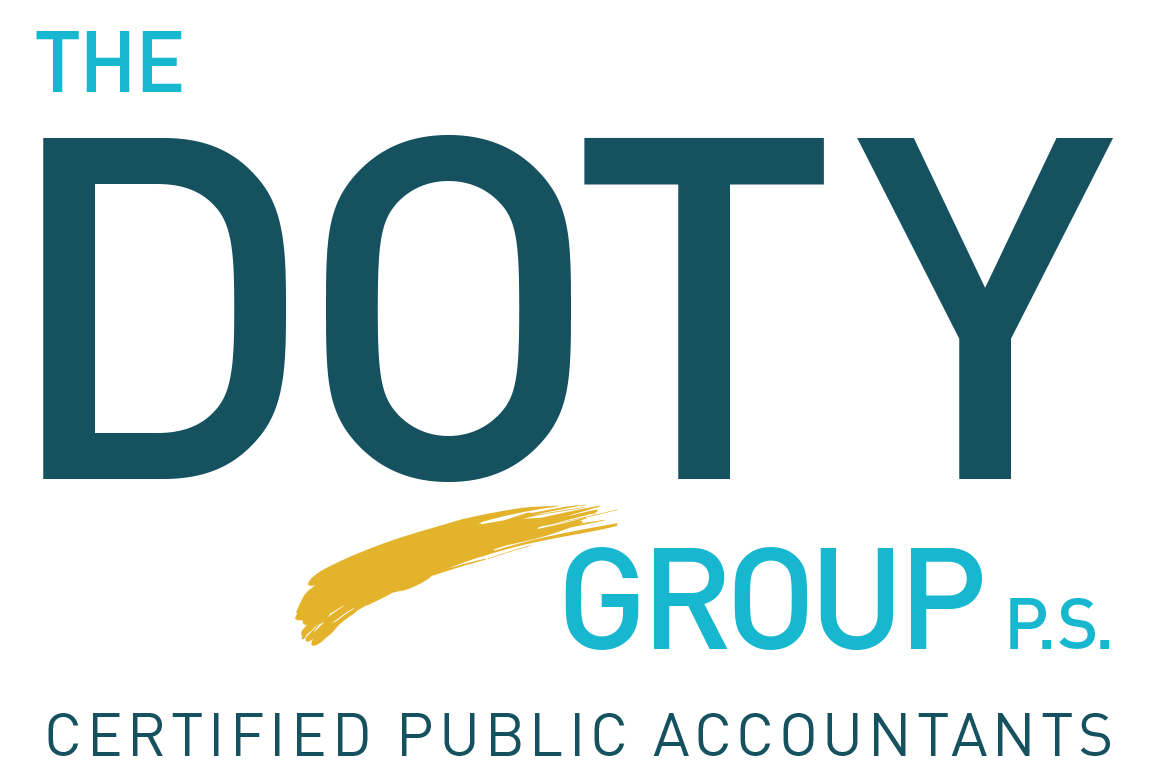Third Quarter Estimated Tax Payment Due Sept. 16
Online tools at IRS.gov help people stay current
WASHINGTON – With major tax reform now in its second year and taxpayers seeing its full effect on 2018 returns, the Internal Revenue Service today reminded people who pay estimated tax that their third quarter payment for 2019 is due Monday, Sept. 16.
The Tax Cuts and Jobs Act (TCJA), enacted in December 2017, fundamentally changed the way tax is calculated for most taxpayers, including those with income not subject to withholding. By making quarterly estimated tax payments, however, people can better stay up to date with their taxes throughout the year.
Who needs to pay quarterly?
Most often, self-employed people, including many involved in the sharing economy, need to pay quarterly installments of estimated tax. Similarly, investors, retirees and others often need to make these payments as well. That’s because a substantial portion of their income is not subject to withholding. Other income generally not subject to withholding includes interest, dividends, capital gains, alimony and rental income.
Special rules apply to some groups of taxpayers, such as farmers, fishermen, casualty and disaster victims, those who recently became disabled, recent retirees and those who receive income unevenly during the year.
Taxpayers can avoid an underpayment penalty by owing less than $1,000 at tax time or by paying most of their taxes during the year. Generally, for 2019, that means making payments of at least 90% of the tax expected on their 2019 return.
Taxes are pay-as-you-go
This means taxpayers need to pay most of their taxes owed during the year as income is received. There are two ways to do that:
Withholding from pay, pension or certain government payments such as Social Security; and/or
Making quarterly estimated tax payments during the year.
As a result of tax reform or a recent life change such as marriage, many taxpayers may need to raise or lower the amount of tax they pay each quarter through the estimated tax system.
Tax Withholding Estimator
This new and improved tool is now more mobile friendly and replaces the Withholding Calculator on IRS.gov. The new design makes it easier for everyone to do a Paycheck Checkup and have the right amount of tax withheld during the year. The estimator offers workers, as well as retirees, self-employed individuals and other taxpayers a clear, step-by-step method for effectively tailoring the amount of income tax they should have withheld from wages and pension payments.
The IRS urges everyone to use the estimator as soon as possible to make any potential tax withholding adjustments while there is still ample time in 2019. To help people do that most effectively, the IRS is holding a free two-hour webinar on Thursday, Sept. 19 at 2 p.m. Eastern time. Among other things, the webinar will feature step-by-step instructions on how to use the new estimator and a live question-and-answer session. To sign up, visit the webinar’s page on IRS.gov.
Other IRS.gov resources
Form 1040-ES, available on IRS.gov, is designed to help taxpayers figure estimated tax payments simply and accurately.
IRS Publication 505, Tax Withholding and Estimated Tax, has additional details, including worksheets and examples, which can help taxpayers determine whether they should pay estimated tax.
The “Pay” tab on the front page of IRS.gov provides complete tax payment information, how and when to pay, payment options and more.
